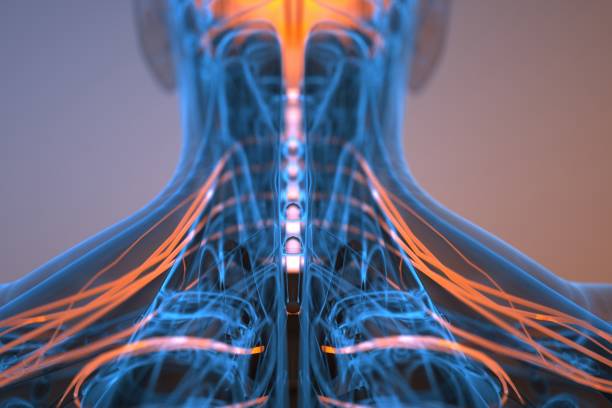Is Your Back Pain Muscular, Nerve-Related, or Structural?
Not all back pain is created equal. If you want to treat your pain effectively, it’s important to first figure out where it’s coming from. Is it muscular? Nerve-related? Or is it due to structural issues in your spine?
Let’s break it down so you know what your body is trying to tell you.
🔹 1. Muscular Pain: The Most Common Culprit
Muscular pain (also called myofascial pain) comes from overused or strained muscles. It usually feels like a dull ache, tightness, or soreness in the affected area.

Common Triggers:
- Sitting for long periods or poor posture
- Lifting heavy objects or sudden twisting
- High stress (which increases muscle tension)
How to Identify It:
- It gets worse when you press on the sore spot
- Stretching or massage helps, even temporarily
- It feels deep, not sharp
What Helps:
- Apply heat to relax tight muscles
- Try stretching and light mobility work
- Use a foam roller or get a massage
🔹 2. Nerve Pain: Sharp, Shooting, or Tingling
Nerve pain often feels very different from muscle pain. It’s described as sharp, burning, tingling, or even numb—and may travel down the arms or legs.
Common Causes:
- Herniated discs pressing on a nerve
- Sciatica (irritation of the sciatic nerve)
- Spinal stenosis (narrowing of the spinal canal)
How to Identify It:
- Pain radiates into the arms or legs
- You might feel tingling, numbness, or weakness
- It’s triggered by certain movements or positions
What Helps:
- Avoid long sitting or repetitive bending
- Try gentle nerve-gliding exercises
- Use cold therapy for inflammation
- Consider chiropractic care if symptoms continue
🔹 3. Structural Pain: The Spine Itself Is Involved
Structural back pain happens when there are changes in the bones, discs, or joints of your spine. This type of pain tends to be chronic and may require ongoing support.

Common Causes:
- Degenerative disc disease
- Arthritis in the spine
- Scoliosis or spinal misalignment
How to Identify It:
- Pain feels stiff, deep, and persistent
- Posture may be noticeably off
- Movement doesn’t always improve it
What Helps:
- Stay active with low-impact exercises like walking
- Use gentle spinal mobilization techniques
- Get help from a chiropractor or physical therapist for a long-term plan
Want to learn how stress impacts your spine? Read “The Hidden Causes of Back Pain No One Talks About”



